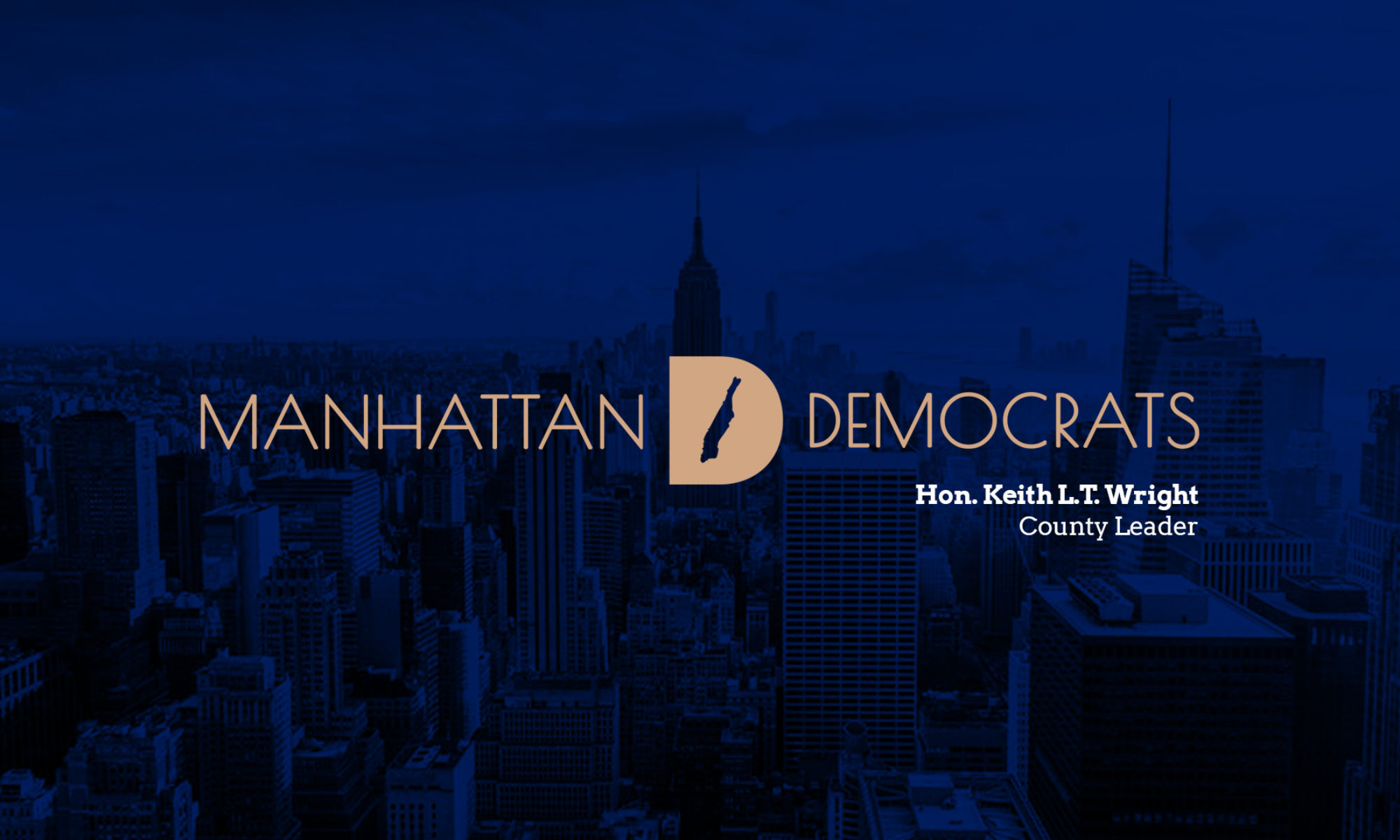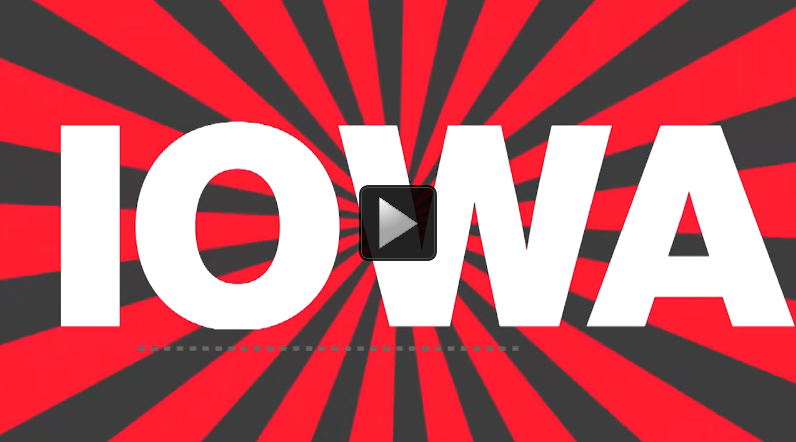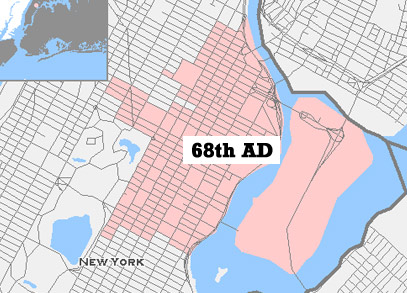
The primaries are upon us and soon both parties will be selecting their nominees. But if the residents of States vote in the primary, what’s the role of the Party Convention? Where do SuperDelegates fit in? Who is really choosing the Presidential candidate?
In the last post we saw that many of the delegates are elected. But it’s not always clear who can vote for them. In this post we’ll examine who chooses them.
How Many Delegates are There? Who Can Be a Delegate?
Each state is awarded a set number of delegates based on Party rules. In the Democratic Party, for example, delegates are awarded based on a State’s historical electoral vote and its turnout for the Democratic candidate in previous elections. In this way, more Democratic States are given more voice.
Parties may also set representation goals, requiring that some number of seats be reserved for specific classes such as young members, or members of specific ethnic groups. This is often done to bring delegations in-line with the census report for each State.
Who Chooses the Elected Delegates?
Possibly the most important piece of all this – Delegates are RARELY chosen by voters at large. Even though the media makes it sound like caucuses and primaries are open to all, they generally aren’t. There are four kinds of election processes, each with their own rules.
Closed Primaries
In order to vote in a party’s primary, you must to be registered with that political party before the election.
Deadlines for registration vary but if, for example, you want to vote in the Democratic Primary and you haven’t registered as a Democrat, you won’t be able to. New York actually has the most stringent laws in the country, with registration deadlines month before the vote.
There are 12 states that use a strictly closed primary process, including:[5][4][6]
Open Primaries
Any voter can vote in one party primary of their choice, regardless of registration. So, it’s basically the opposite of the closed primary.
There are 14 States that use a strictly open primary process:
Mixed Primaries
Mixed primaries are anything that’s not strictly open or closed. They have all sorts of rules ranging from some parties being open and others being closed, to using past voting history to decide in which primary a person can vote.
There are only 8 states which use mixed primaries and you can check out all their rules on Ballotpedia.org.
Blanket Primaries (Jungle Primary)
The least popular kind of primary, everyone can vote and the top vote-getter from each party for a particular office wins. So instead of voting by party, voters vote on candidates for office. But if one Democrat gets 100 votes, another 80 votes and the Republican gets 50; the top Democrat and top Republican both go on to the General election as the nominees of their party.
States which use this system are





